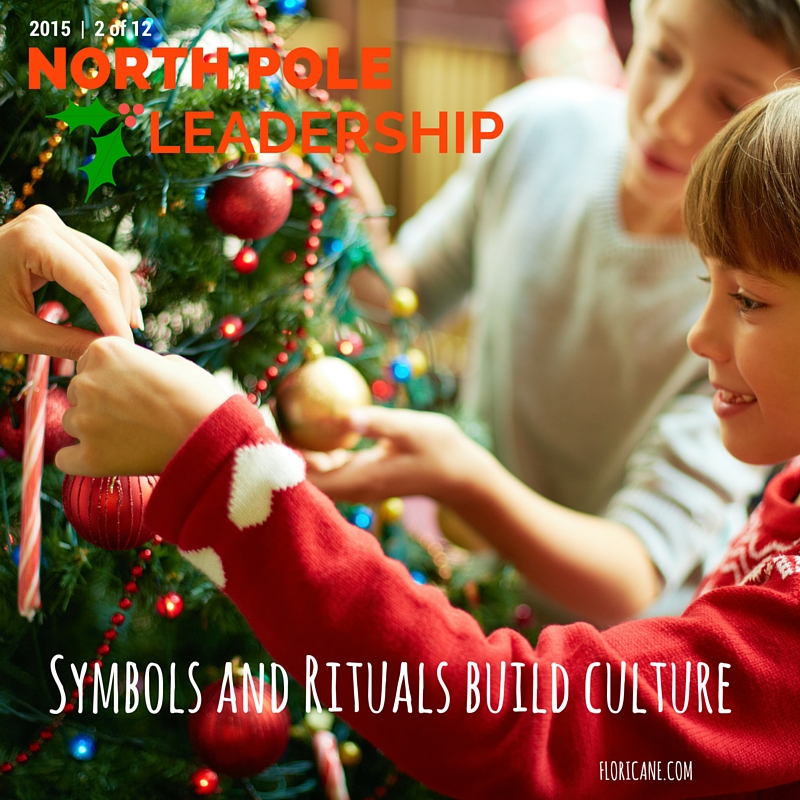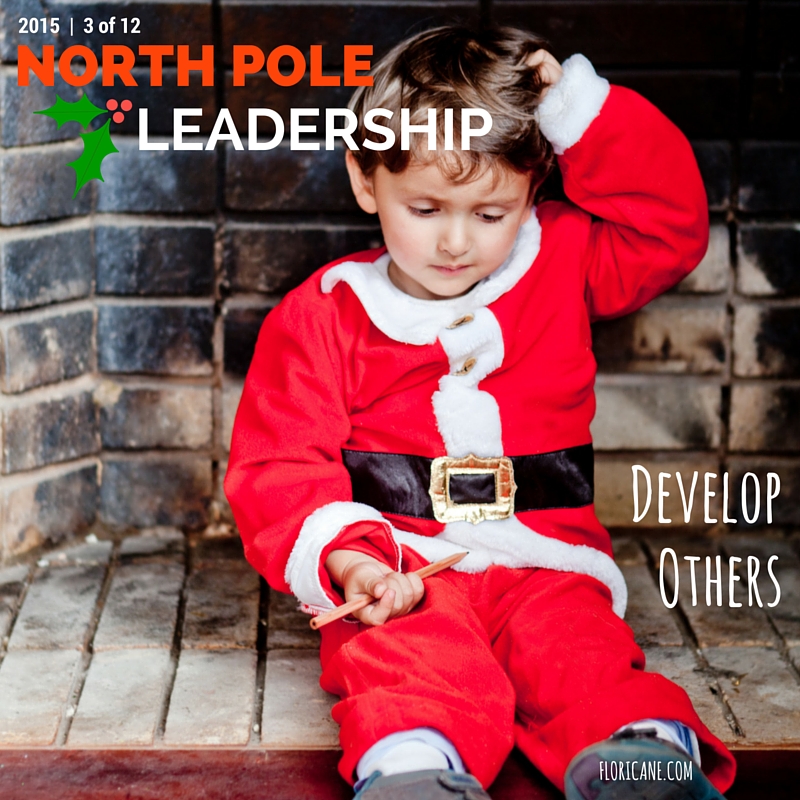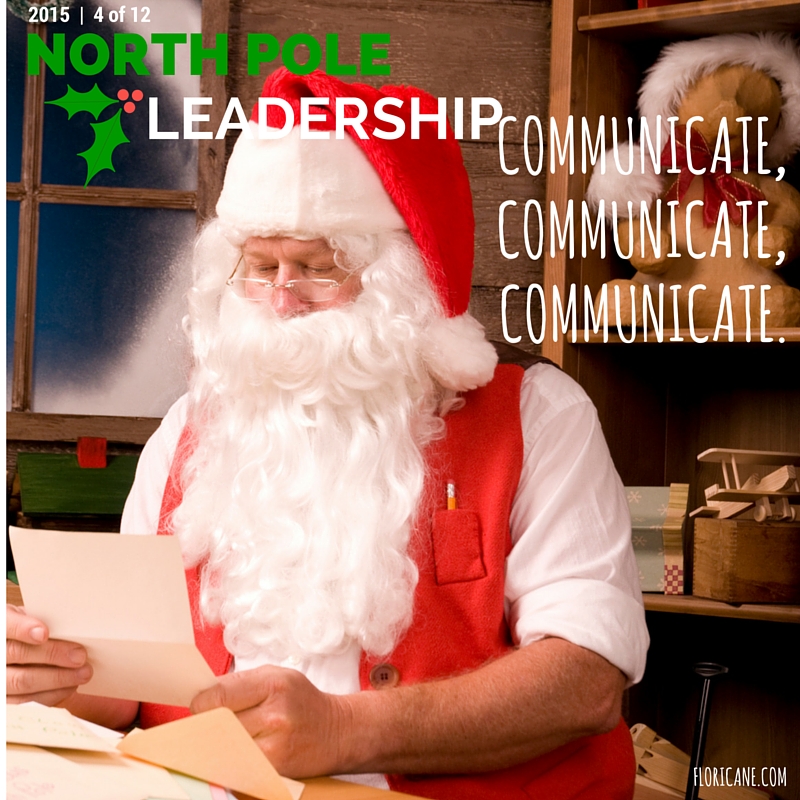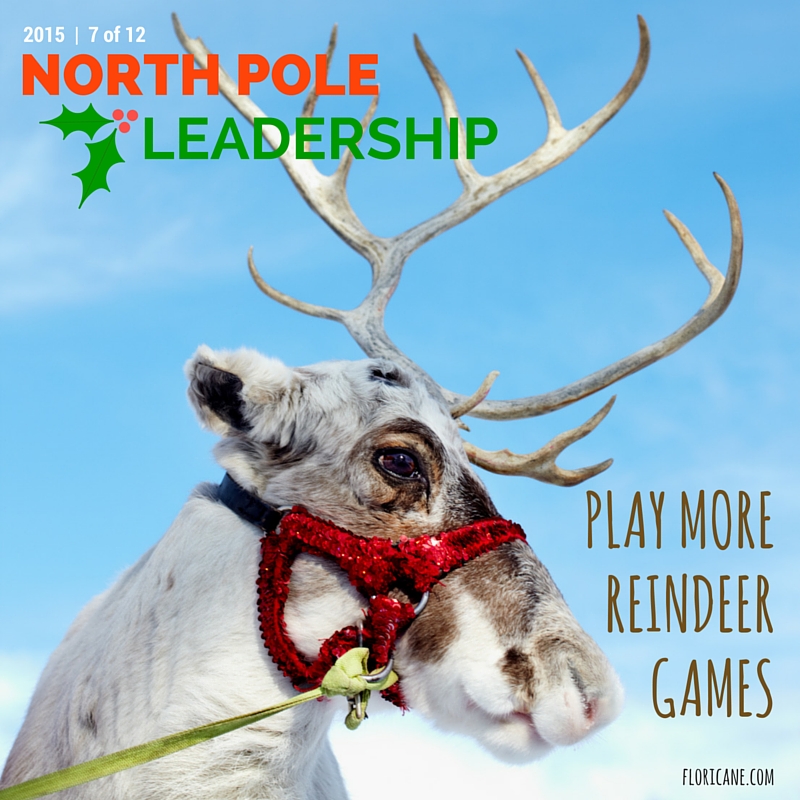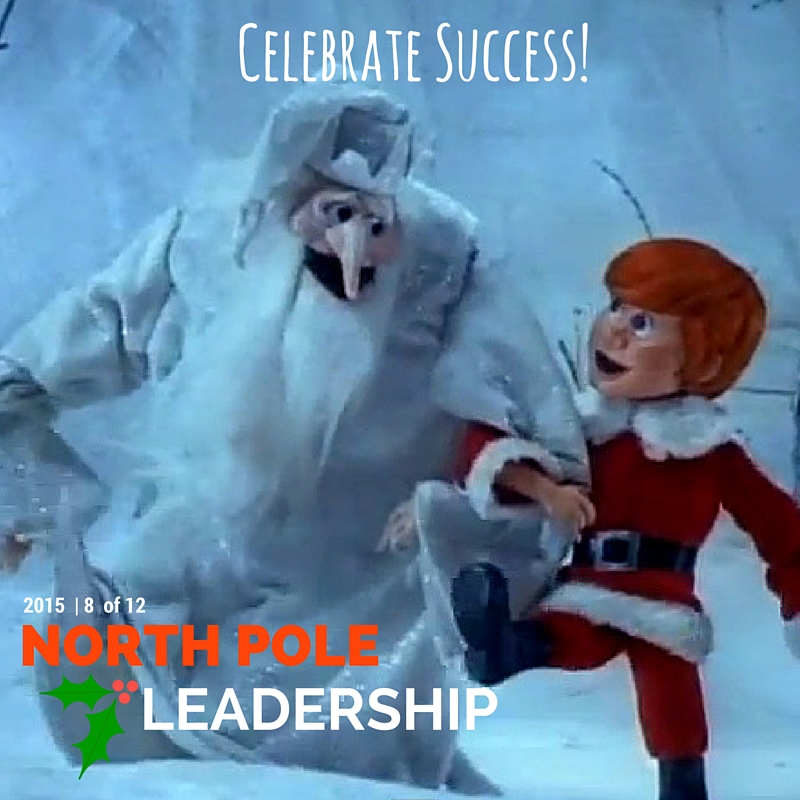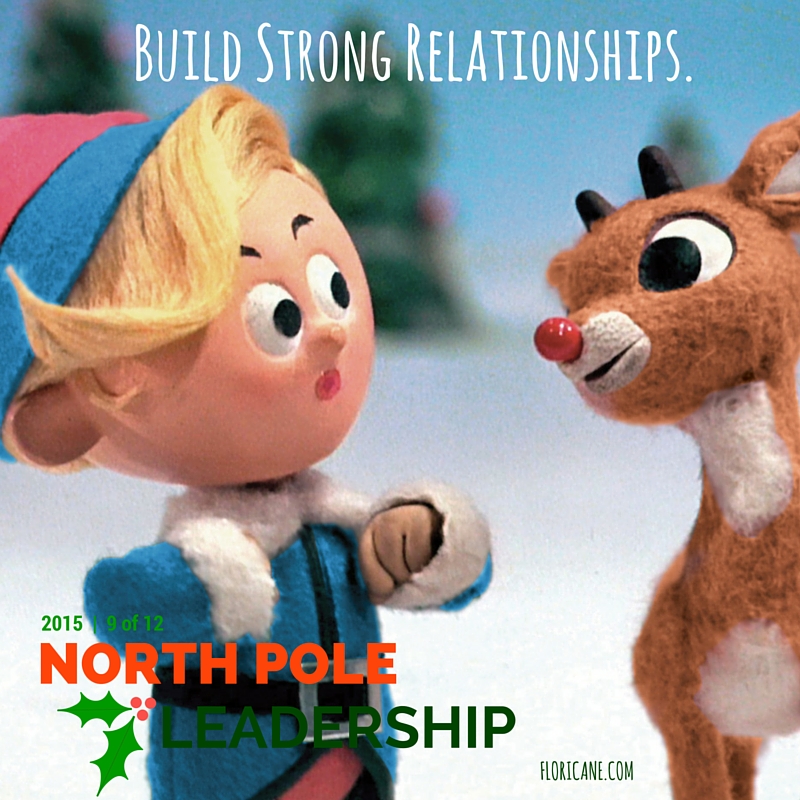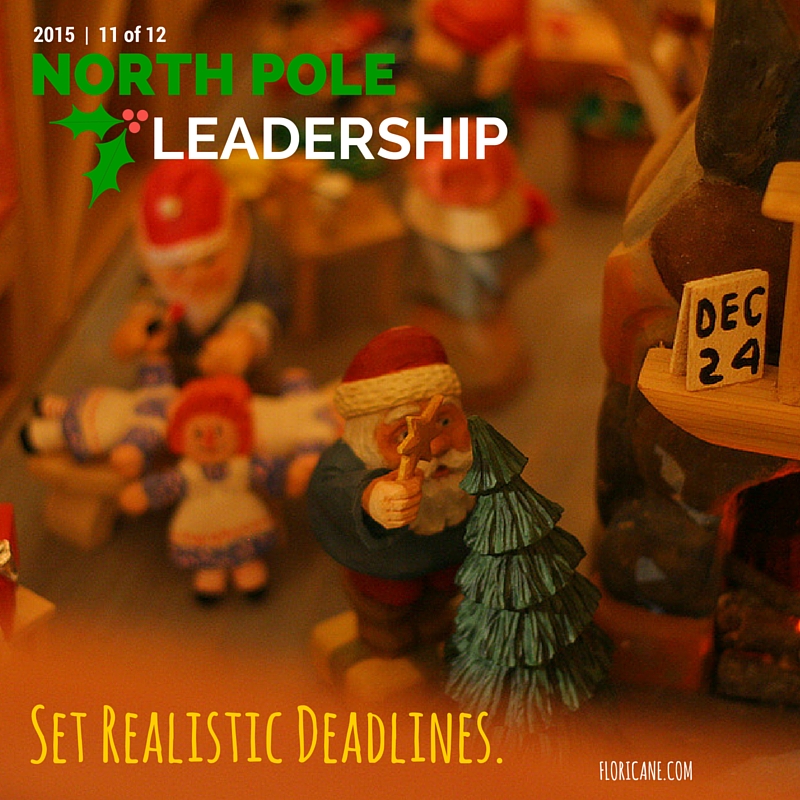Millennials. Everybody talks about them, but nobody can agree on what they’re all about. They are lambasted as a lazy, entitled, and narcissistic generation, or praised for being diverse, open to change, and connected. Given the intense debate around positive versus negative generational differences, we should not be surprised that millennials themselves actually reject the label in large numbers. Generations are just like people in that they have personalities, and negatively stereotyping a generation can feel just as off putting as boxing a person in to an inflexible personality type.
I am an old millennial. There, I confessed. Lately, I am increasingly appreciating the need to stand up and own my generational label, for better or worse.
Take, for instance, an example from two weeks ago when I participated in an IQ Charrette at Lewis Ginter Botanical Garden. “IQ Charrette” is a clever term for “brainstorming session,” and we took on no small task: brainstorming to help shape the future of the garden. Over the course of two thought-provoking days, participants spoke a lot about what the garden means to us personally and as a city. We talked about how to ensure that the garden stands the test of time, yet appeals to all kinds of people, in a way that contributes to a diverse, inclusive, community.
At the start of day one, I shared with the group that Lewis Ginter holds a special place in my heart because it’s one of the first places in my adopted city that made me feel less nervous about the scary, life-changing decision I made to move here. When I first arrived in Richmond, I had trouble identifying with the city’s cultural touchstones because they felt so different from up North. Lewis Ginter reminded me of the Brooklyn Botanic Garden, helped ease my homesickness, and made me feel open to everything else Richmond has to offer.
I shared that story with the charrette participants hoping to convey what Lewis Ginter means to a transplant, but upon reflection, the story is also one with which other millennials can identify. I graduated law school in 2010 – a peak year of the recent economic crisis that has affected millennials like no other age cohort. I did not want to leave New York City, but I would have moved anywhere for a good job in my field (soul-crushing student debt, another feature of millennials’ lives, will certainly give you motivation). I was incredibly lucky to get my dream job, but watching the career paths of the generations before me scared me. I worried that I might not like my new city and would be stuck in one place, forever. (Sidebar: in case you’re wondering, it seems like a myth that millennials change jobs more often than prior generations.)
By the end of the second day, I took the opportunity to vocally identify with the label “millennial.” The charrette facilitators assigned participants a cast of different “characters,” and asked us to plot out on a paper map how those people might spend a day at the gardens. My small group took on a day in the life of what can only be described as a #squad of young hipsters. As my team and I talked about what new features we would build in the gardens for makers and vinyl records collectors, the words “I would love that!” leapt out of my mouth. I told the group, “Well… um… I am a millennial. An old one.” I waited for them to think of me as self-absorbed and addicted to my iPhone.
Of course, my teammates had a fantastic response: they didn’t engage in silencing, negative stereotyping. They, most older, took the time to engage and listen to my personal perspective. While nobody can speak for all of their demographic, I felt empowered and included to speak up for what I personally enjoy about the gardens as a young(er) person. I felt even more welcomed in to the Lewis Ginter community that the charrette participants so rightly strive to grow.
My take away is this: if you are not sure what millennials are all about, just ask one. Asking someone else’s perspective turns on your creative thoughts and helps shape the future in ways we can never accomplish when we in-authentically label. Lewis Ginter knows this lesson, and I am so appreciative that they invited me back to join a small group of millennials for lunch, where we will continue discussing the garden’s master planning process. I am so happy to be included and feel honored to be asked.
In other words, I am so excited I can’t even. Stay tuned for more, after next week
































